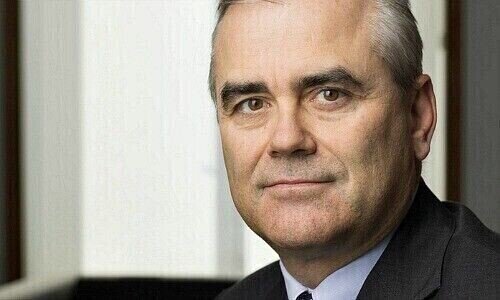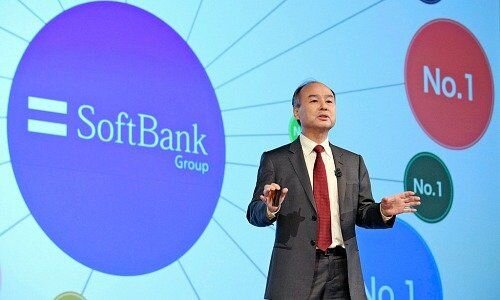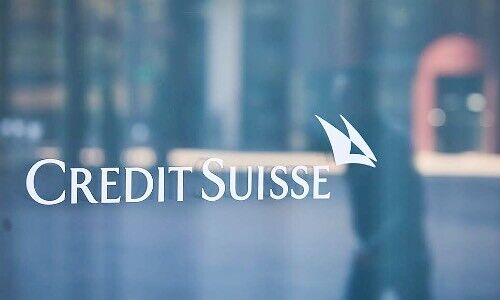Credit Suisse: Indecent Proposal
The Greensill debacle turns Credit Suisse and Softbank into bitter enemies. Did a puzzling side letter sour the relationship?
It was only last September that Credit Suisse CEO Thomas Gottstein (below) personally met Masayoshi Son (bottom image). It would be the last face-to-face meeting between him and the flamboyant head of the major Japanese technology concern.
As finews.com previously reported, the Swiss bank's delegation under Gottstein was there to discuss a troubled Greensill creditor with Softbank's founder.

(Image: Credit Suisse)
The situation had become increasingly tense between the two institutes. But since then, the fighting has come out into the open, particularly after Credit Suisse took legal steps against Softbank asking it for $440 million dollars in damages.
Wework, Uber and Wirecard
Softbank, for its part, is accusing the bank of using the debt to blame others for its own losses related to Greensill, bringing the relationship between the two companies to a nadir. Long gone are the heydays when Softbank pumped billions into its venture capital Vision Fund through Credit Suisse.
The Japanese company made liberal investments into Uber, Wework and the since bankrupt fintech Wirecard - and UK-Australian finance boutique Greensill Capital.
But that money did not flow without strict conditions, as the answers provided to Credit Suisse shareholders on Monday ahead of the annual general meeting show. In March 2020, the bank's supply chain fund was already experiencing severe liquidity issues and Softbank agreed to put in an additional $1.5 billion dollars to keep it afloat.
But they also asked the Swiss bankers to sign a so-called «Side Letter» by which Credit Suisse had to commit to purchasing any new debt from Greensill Capital only.

(Image: Keystone)
At that point in time, Softbank held a large stake in Greensill. Its Vision Fund also held shares in companies that refinanced themselves through Credit Suisse' Greensill supply chain funds and, at times, Softbank was directly invested in the fund. There was also talk that the Softbank CEO Son was a private client of Credit Suisse.
Finma Alarmed
The heads of Credit Suisse Asset Management (CSAM) agreed to the deal even though it clearly would not be treating all debt investors equally. When bankers at the group level learned of this, a clearly indecent proposal, over the course of 2020, they promptly escalated the matter. The side letter was canceled and an internal investigation started. Finma was alerted and those responsible for it at CSAM were reprimanded.
As we now know, the supply chain fund never recovered from the events of 2020 and it had to be closed in March 2021.
But Softbank has become far less generous since the side letter incident. The Japanese company withdrew any money directly connected to the supply chain fund by July 2020, as finews.com then reported exclusively.
Money Continued to Flow
Softbank's money continued to flow generously elsewhere, as Credit Suisse now wants to prove in court. According to them, Softbank remained free-handed with regards to U.S. construction firm Katerra and Greensill Capital. At the end of 2020, Greensill Capital refrained from calling in Katerra's remaining debt and, in return, it received a direct capital injection from Softbank and some of its own shares back.
But that money was never paid into the supply chain fund, which means that the remaining debt load had to be solely covered by the fund's other investors.
Katerra still owes the closed fund $440 million dollars. It is money that Credit Suisse wants back from Softbank, its former client.
Five Years of Negotiations
There is no light in the tunnel for Credit Suisse right now. The bank is prepared for a protracted legal battle related to the Greensill debacle. Just the tos-and-fros with insurers over policy coverage is expected to take five years, the bank warned on Monday.
If the bank isn't successful, the fund's clients, more than two-thirds of whom are high-net-worth individuals, are set to sustain very substantial losses. To date, Credit Suisse has only managed to return $6.7 billion of the total of $10.1 billion dollars invested in the fund.




























